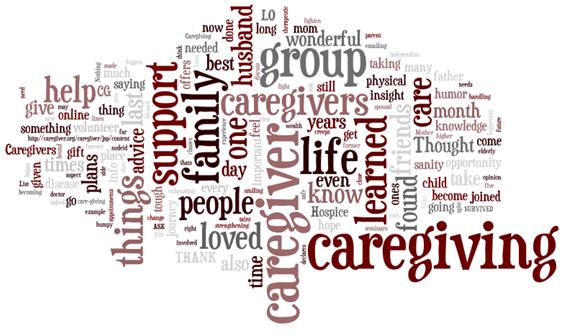Older adults can save tens of thousands of dollars annually by choosing assisted living communities over aging in place in their homes.
Unlike point solutions, Inspiren unifies resident safety, care planning, staffing, and emergency response into a single AI-powered platform.
An artificial intelligence-powered virtual assistant platform for senior living and care providers.

 The new trend – tech/services for older adults, not just tech. When the 2009 Market Overview was completed a decade ago, there were gadgets galore, most introduced with maximum enthusiasm and a shoestring of cash. Today, perhaps due to pending boomer bulge, innovators and their funders may be having a somewhat easier time, at least in some market categories – health, home care, transportation come to mind. The other apparent trend is the enthusiasm of partners (health care, senior living, home care) to try out new tech-enabled services that target a problem or opportunity that may have existed a decade ago, but is truly apparent today. Finally, the pace of tech improvement is notable – lower cost and improved utility of on body (or in-room) sensors, predictive analytics, and device integration – with smartphones, health systems, and broader solution sets. Here are eight of the 33 new offerings from the
The new trend – tech/services for older adults, not just tech. When the 2009 Market Overview was completed a decade ago, there were gadgets galore, most introduced with maximum enthusiasm and a shoestring of cash. Today, perhaps due to pending boomer bulge, innovators and their funders may be having a somewhat easier time, at least in some market categories – health, home care, transportation come to mind. The other apparent trend is the enthusiasm of partners (health care, senior living, home care) to try out new tech-enabled services that target a problem or opportunity that may have existed a decade ago, but is truly apparent today. Finally, the pace of tech improvement is notable – lower cost and improved utility of on body (or in-room) sensors, predictive analytics, and device integration – with smartphones, health systems, and broader solution sets. Here are eight of the 33 new offerings from the  Where the baby (or elderly family member) may be. The WSJ investigation of
Where the baby (or elderly family member) may be. The WSJ investigation of  2
2